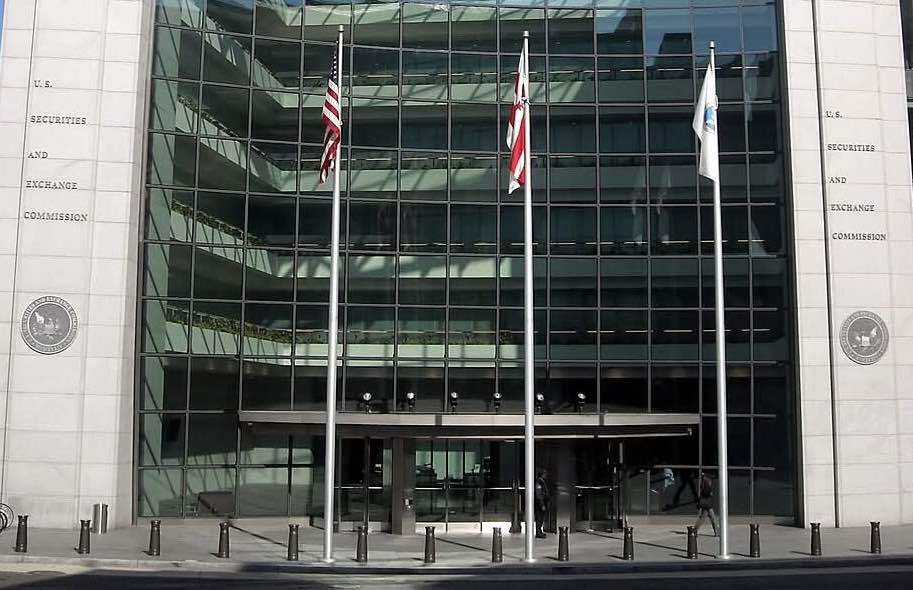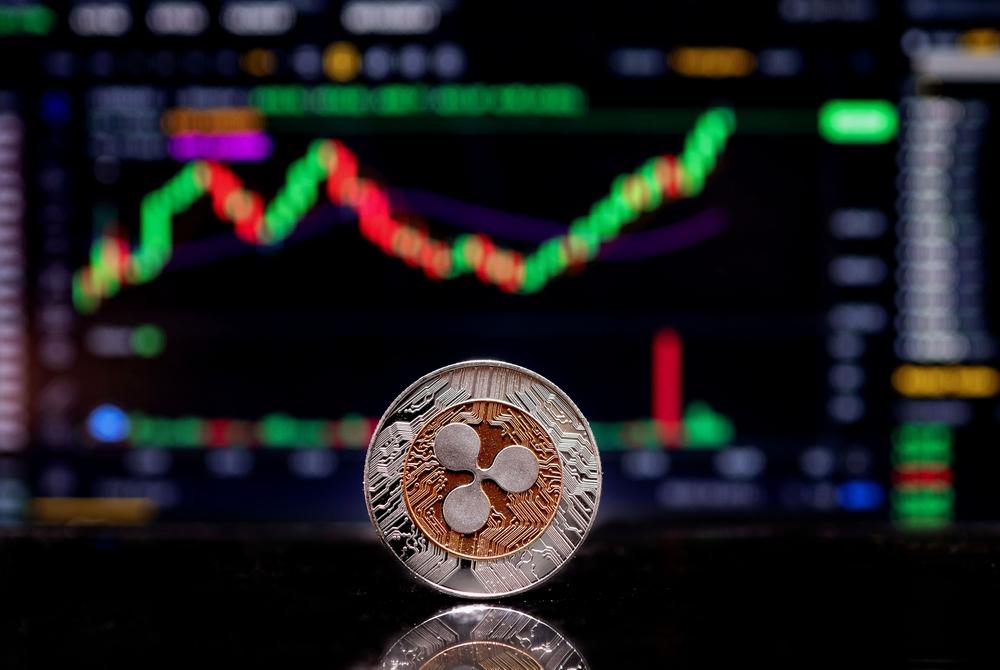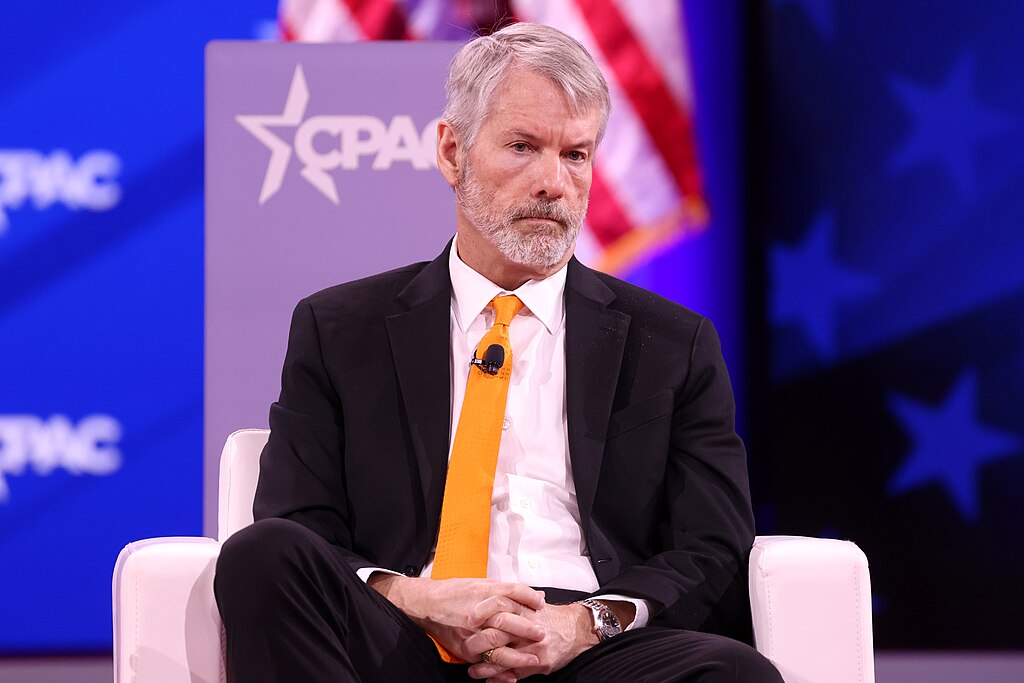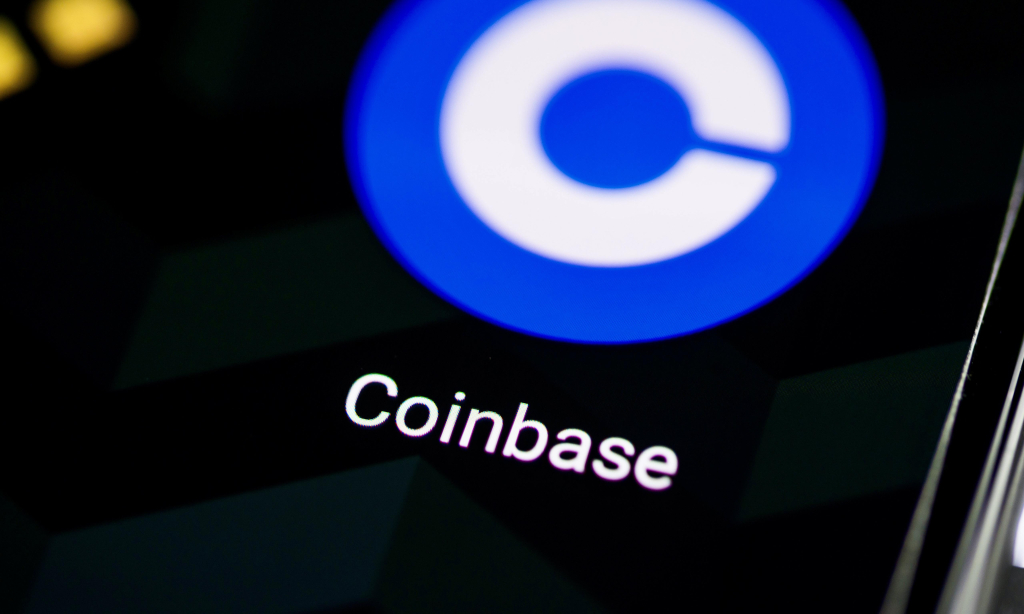Bank of America expects the United States to eventually issue its own central bank digital currency. Meanwhile, stablecoin adoption is also expected to continue to increase in the absence of a CBDC.
Bank of America crypto strategists Andrew Moss and Alkesh Shah wrote in a note to clients on January 24 that the U.S. will eventually issue a central bank digital currency, which might happen between 2025 and 2030, according to Pymnts.com. The analysts noted that CBDCs “are an inevitable evolution of today’s electronic currencies.”
One benefit of issuing its own CBDC is that it will help preserve the dollar’s status as the world’s reserve currency, according to Yahoo!finance. In addition, it would also help improve cross-border payments and help promote financial inclusion.
While there are benefits to issuing a CBDC, the analysts also acknowledged that there are potential risks, which could be countered by CBDC design choices. These potential risks include “changing the financial sector’s market structure by shifting deposits, increasing the liquidity risk of the financial system if deposits at commercial banks were converted to a CBDC, and decreasing the efficacy of monetary policy implementation.”
The bank also pointed out key considerations the Fed needs to take into account before issuing a digital dollar. A CBDC needs to be intermediated, transferable, identity-verified, and privacy protected.
With no actual U.S. CBDC at the moment, stablecoins usage is expected to increase. The bank pointed out that the combined market value of the two largest stablecoins, tether and USD coin, has already reached $121 billion as of January 21.
“We expect stablecoin adoption and use for payments to increase significantly over the next several years as financial institutions explore digital asset custody and trading solutions and as payments companies incorporate blockchain technology into their platforms,” the analysts wrote.






















Comment 9